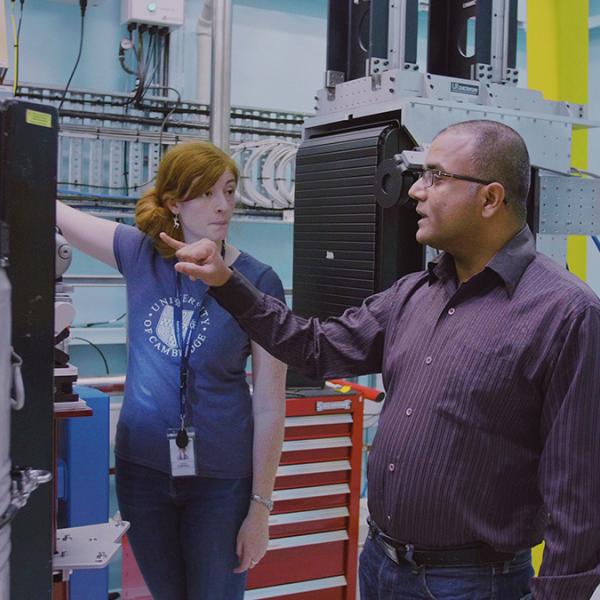
Experiments undertaken at the Australian Synchrotron have allowed research teams from Monash University and La Trobe University to clarify fundamental aspects of T-cell activation crucial to the body’s immune response to disease.
Both the Macromolecular and Microfocus crystallography beamlines (MX1 and MX2) have provided structural insights into the specific parts and docking mechanisms of a complex molecule, known as the CD3 signalling complex, that activates the immune response.
Work undertaken by La Trobe and Monash has determined the orientation of the CD3 signalling complex that determines successful docking with the CD8 co-receptor. The correct orientation allows the specific signal for antigen recognition to be activated.
Research published today in Science and reported in the media is expected to lead to strategies to defend against viruses and tumours.
Prof Stephanie Gras of La Trobe University, Prof Jamie Rossjohn and Prof Nicole La Gruta of Monash University used the beamlines as part of a broader investigation with international collaborators using multiple techniques.
“Our beamlines are in high demand for COVID research right now, but they are also used extensively in much of the biomedical research carried out in Australia,” said Dr Rachel Williamson.
“Interestingly, because this research is about how the body responds to viruses, it has the potential of being extremely useful in the context of COVID,” said Dr Alan Riboldi-Tunnicliffe.


